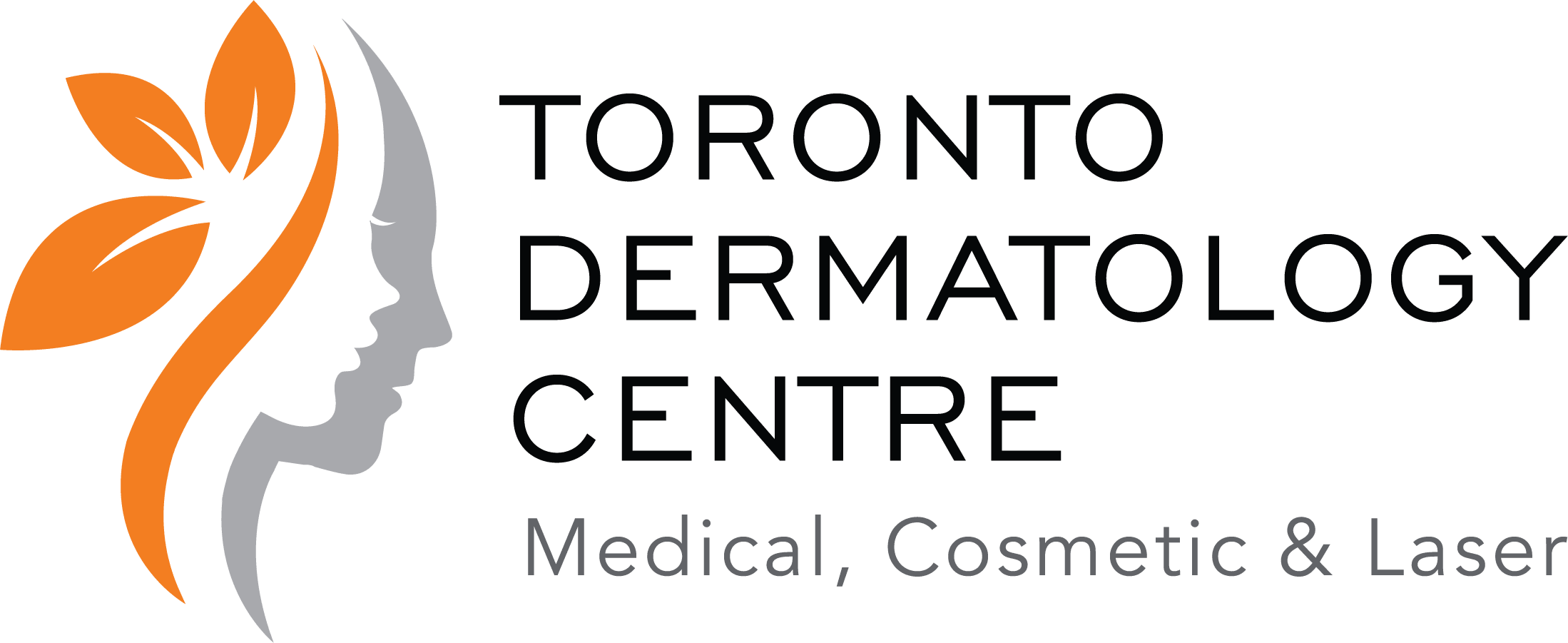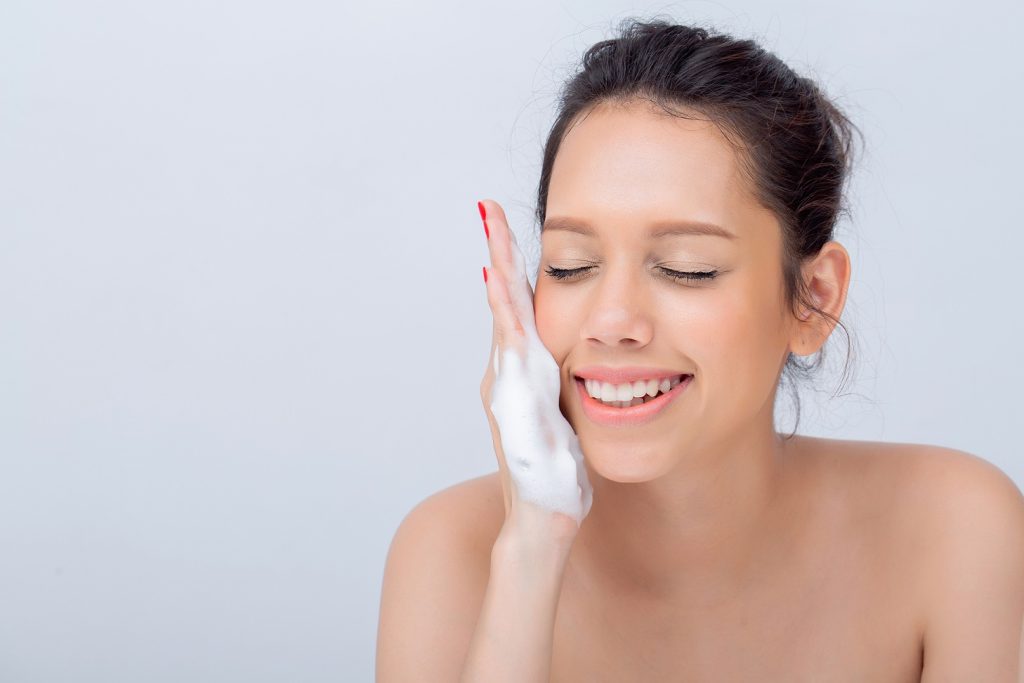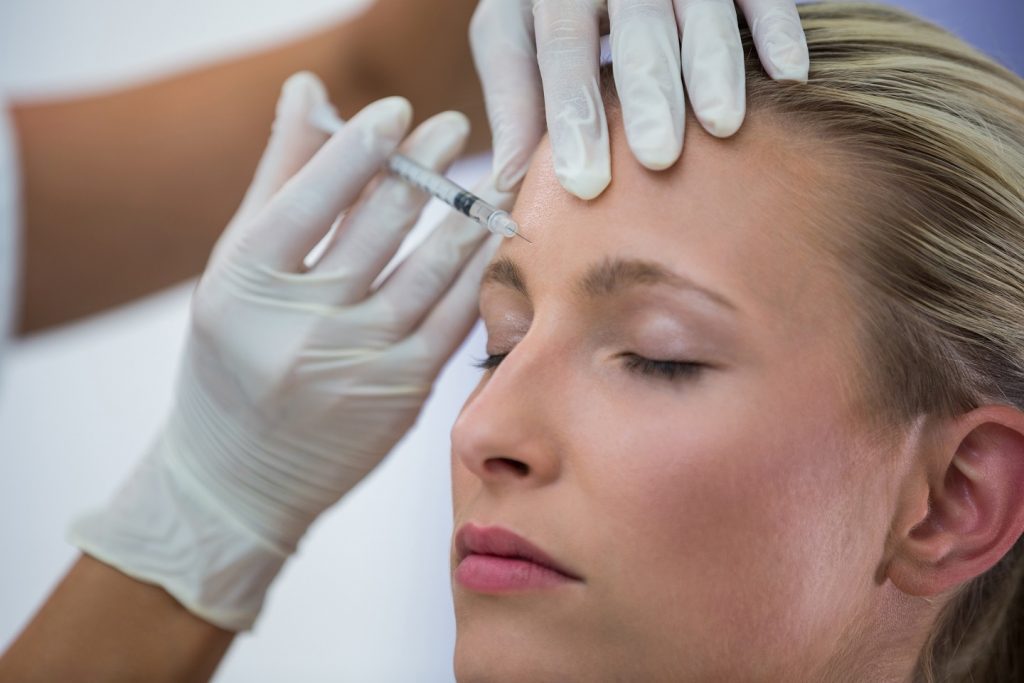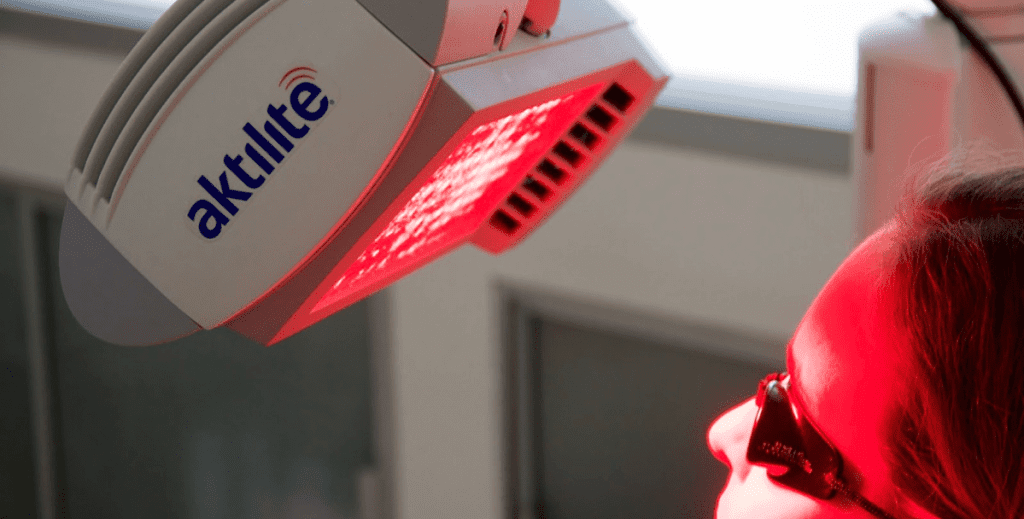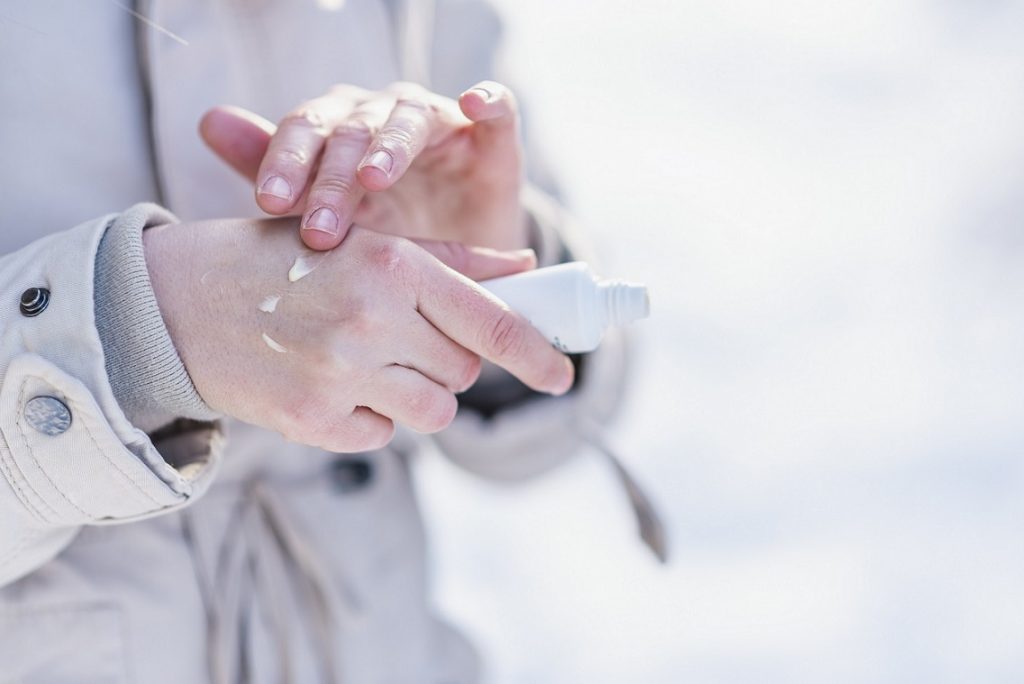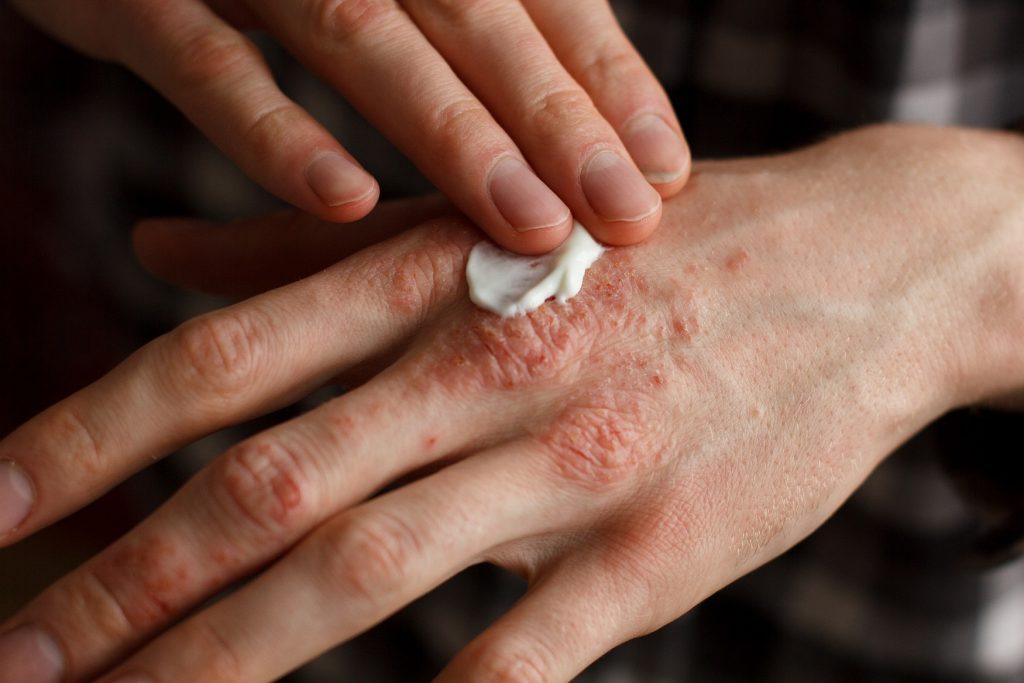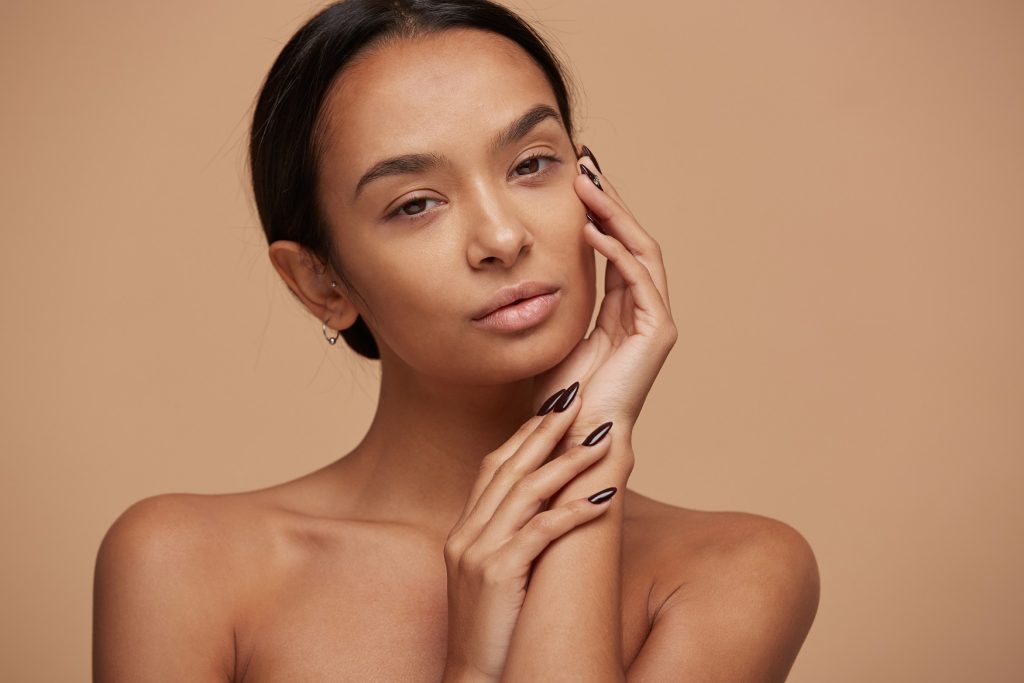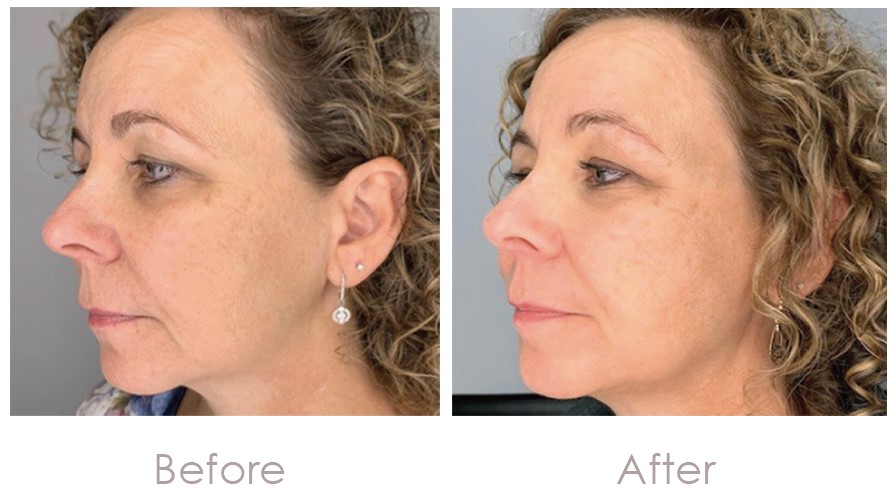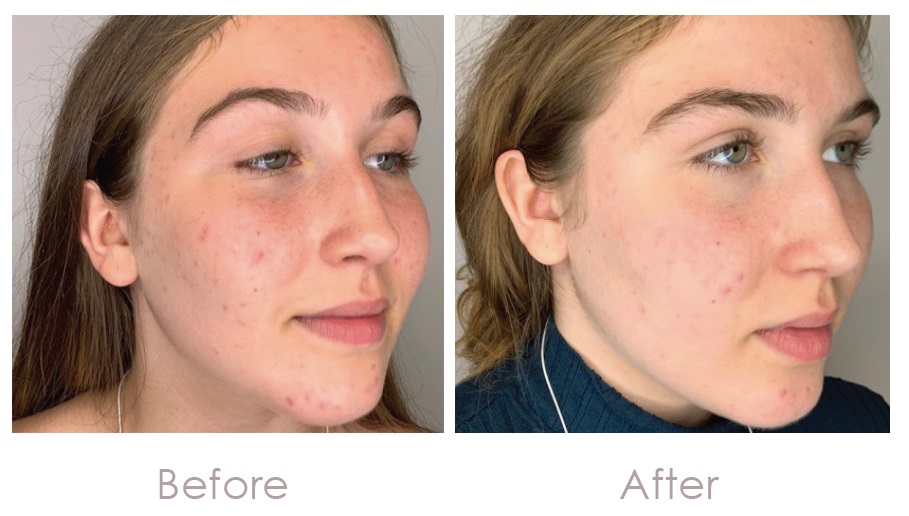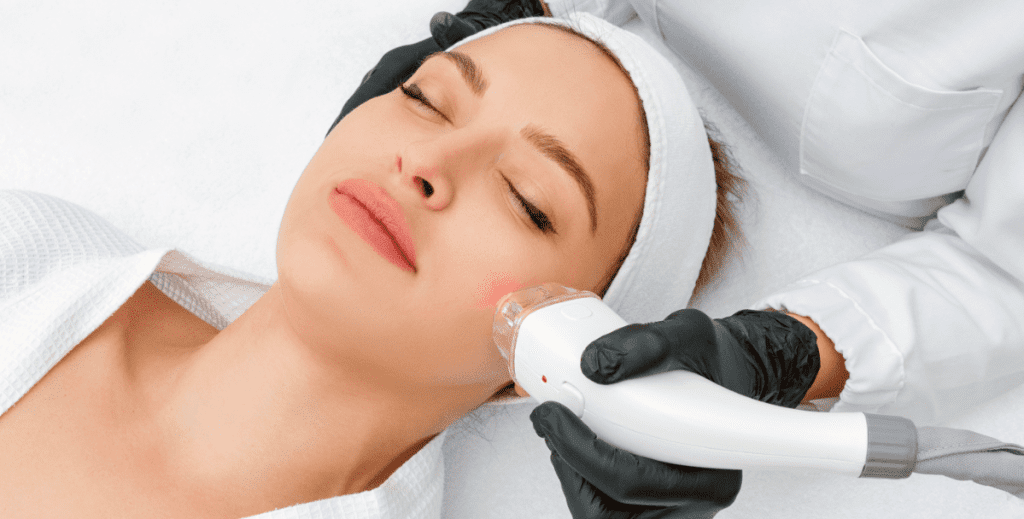
One of the questions I’m frequently asked is “what is your favorite treatment?” Well, anyone who knows me knows I can go on for hours and hours about anything that stimulates collagen. I understand the necessity of creating new collagen cells for anyone suffering from acne scars to aging skin, and that it is as important for your skin as eating fruits and veggies are for your body.
Most of the time, I come back with one of our microneedling treatments for my answer (more on that next time) but recently I took stock of my patients who have been coming to the clinic for years. What I noticed is that the patients who regularly do Laser Genesis have, without a doubt, the best skin overall.
So, what is Laser Genesis and what can it do for your skin? Technically it is a 1064nm Laser that works in Hertz, which is the speed that the energy travels into the skin. It creates a bulk heating as opposed to most lasers. It is attracted to the colour red and to water in the skin. So, in essence, we are mainly targeting vascularity deep in the skin along with collagen. Collagen? Well, yeah, collagen is about 70% water, so the energy will hit cells in the dermis, absorbing into the water in the collagen, & thus stimulating new cells.
Ok, so what does all of that mean? For rosacea patients or those with a flushed skin, it goes deep enough to help alleviate those vessels that most lasers can’t reach. Its energy goes in so quickly that it doesn’t cause thermal damage, therefore it is safe for all skin types. It means that, by creating new cells, we get more volume, tighter skin and an overall smoother appearance.
Oh, and did I mention it treats nail fungus, acne, and is used in conjunction with our Excel V Laser to treat red scars, Port Wine Stains and a multitude of other skin conditions?
The best part for me, is that once you get used to the feel of this Laser, and once you understand that due to the speed the energy travels, it can’t cause a burn, it is actually quite comfortable for most people. I actually have fallen asleep having it done. I kinda love the feel of it, so maybe I’m weird???
So, back to the beginning: I have found that patients of mine who have been doing the Laser Genesis as their maintenance treatment 3-6 times a year overall have the best skin. There is no downtime, they are not red when they leave the clinic, and although collagen takes time to be created and visible on the surface, that tightening effect can sometimes be seen as early as a day after treatment.
Who is the right candidate for Laser Genesis? Everyone!!! It is safe, effective, and probably the easiest laser to tolerate, even for those who have a lesser pain tolerance. It takes some time for long term results due to it treating so deeply in the skin, but for those who are in it for the long haul, there is no treatment I believe in more than Laser Genesis. In fact, I think I am going to see if I can book myself in now for another session!
~ Sheri Roselle, Medical Esthetician at Toronto Dermatology Centre
